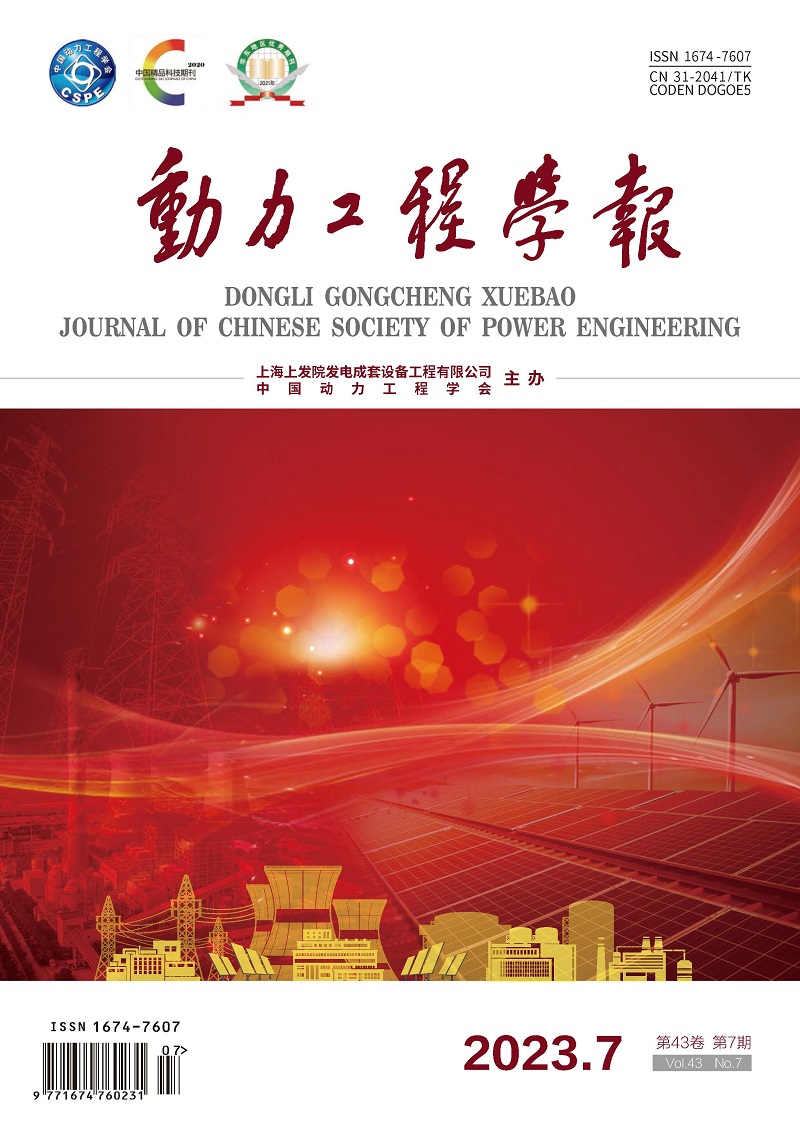Integrated Energy System
HAN Xu, ZHOU Junyi, WANG Xiaodong, WU Di, LI Peng, HAN Zhonghe
Combined cooling, heating and power (CCHP) system can realize efficient cascade utilization of energy, which was conducive to achieve the goal of "carbon peak and carbon neutrality". Based on the exhaustive search method, a building-level CCHP system was constructed including gas-fired cogeneration system, gas-fired boiler, electric chiller, absorption chiller and water-water heat exchanger. Taking three typical buildings as research objects, the capacity configuration, system operation parameters, economic performance and emission reduction of the CCHP system were studied and the corresponding sensitivity analysis was carried out. Results show that compared with their production systems, the cost saving rates of commercial buildings, office buildings and residential buildings are 21.76%, 16.72% and 9.17%, the carbon dioxide emission reduction rates are 15.80%, 10.42% and 4.41%, and the system energy prices are reduced by 39.85%, 49.04% and 41.29%, respectively. The research results can provide a reference for the optimization of the CCHP system.
